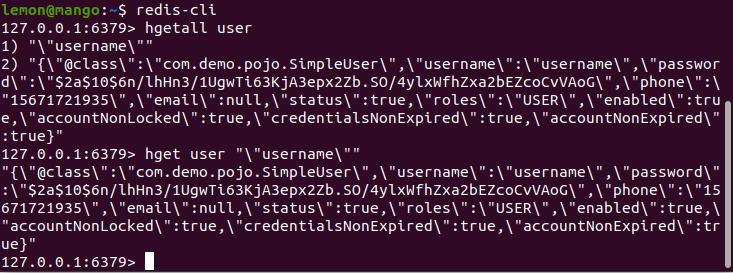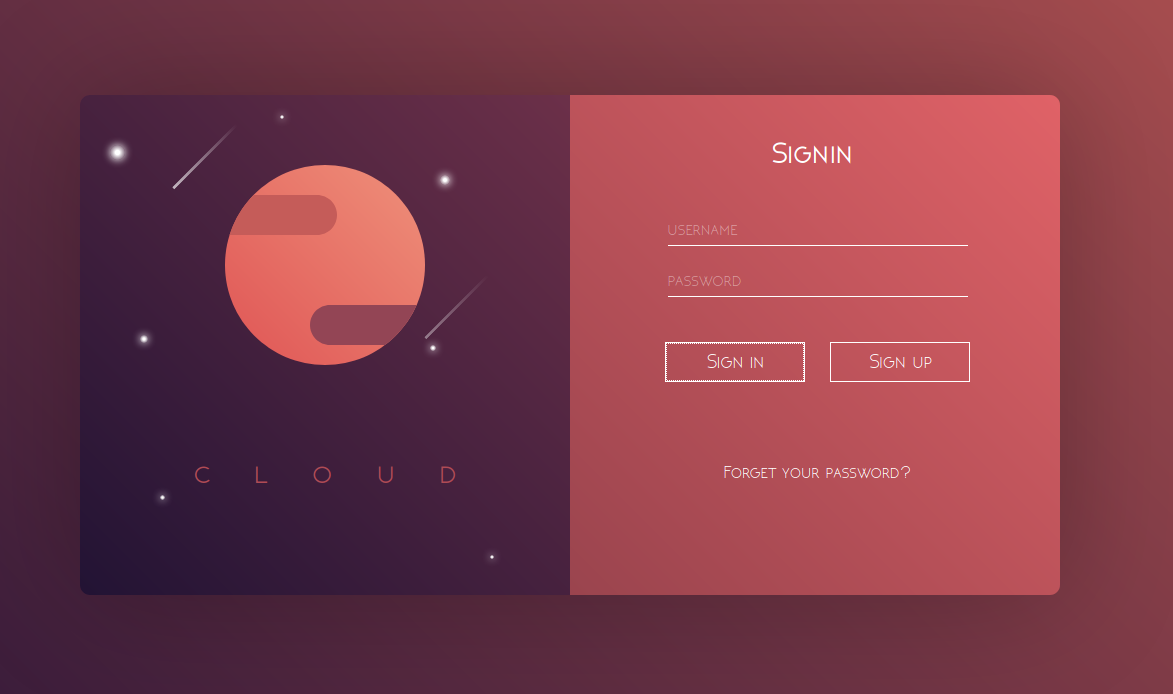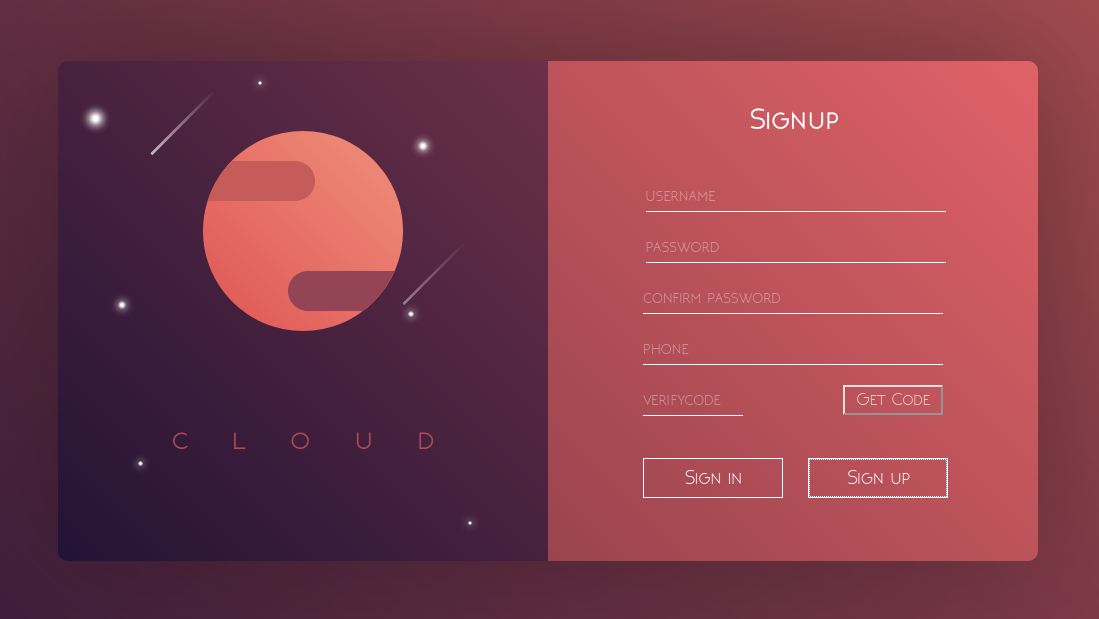这篇文章我决定一改以往的风格,以幽默风趣的故事博文来介绍如何整合 SpringBoot、Mybatis、Redis。
很久很久以前,森林里有一只可爱的小青蛙,他迈着沉重的步伐走向了找工作的道路,结果发现许多的招聘要求都要会 Redis。
小青蛙就想啥是 Redis 呢,为什么要用 Redis 呢?难道是因为 Mysql 的币格不够高吗,小青蛙点开了收藏已久的网站:十万个为什么
发现原来随着使用网站的用户越来越多,表中的数据也越来越多,查询速度越来越慢。
MySql 的性能遇到了瓶颈,所以许多网站都用 Redis 作缓存。
然而能作缓存的不仅只有 Redis,还有 Memcache,那为什么要用 Redis 呢?
1、性能方面:它们都是将数据存放在内存中,所以性能基本相似。
2、数据类型方面:Redis 支持五种数据数据类型:字符串、散列、列表、集合、有序集合,而 Memcache 仅仅支持简单的 key-value。
3、数据持久化方面:Redis 可以通过 RDB快照、AOF日志 等方式进行数据持久化,但是 Memcache 不可以。
4、数据备份方面:Redis 支持 master-slave 主从模式的数据备份。
在了解到许多 Redis 的好处后,小青蛙已经迫不及待的想了解它了。
为了更好的使用 Redis,了解 Redis 的五种数据类型适应场景是很有必要的。
1、String 类型:一个 key 对应一个 value,而 value 不仅仅是 String,也可以是数字、甚至是一个序列化对象。
2、Hash 类型:一个 key 对应 多个 field,一个 field 对应 yige value,实际上该类型最适合存储序列化对象。
key 相当于数据库表名字,field 相当于主键,value 也就是序列化对象。
3、List 类型:简单的字符串列表,按照插入顺序排序,该结构类似于数据结构中的双向链表,可以从头部插也可以从尾部插。
4、Set 类型:它是字符串集合,只不过它是无序的且不存在重复的字符串,但是它可以实现 交集、并集、差集。
5、ZSet 类型:它也是字符串集合,它和 Set 的区别是该集合的元素存在 score 属性,按照 score 属性的高低排序。可以应用在排行榜上。
值得注意的是,不要习惯性的认为 Redis 字符串只能存字符串,实际上,它可以存储任何序列化后的对象,当然也可以读出来。
小青蛙知道了 Redis 的五种数据类型应用场景后,迫不及待的想要实践它了。
为了知道如何让它作为缓存,以及如何操作数据,小青蛙打开了珍藏已久的视频网站来学习:青蛙爱学习
在该视频网站上,小青蛙沉迷其中无法自拔,额,呸呸。缓过神来,发现了一个很好的视频。小青蛙幽默的说:快进我的收藏夹吃灰去吧。
小青蛙向来都不是一个收藏从未停止,学习从未开始的青蛙。它模仿着视频建了一个 SpringBoot 项目。

此时,小青蛙想为什么要勾选 Lombok 呢,因为它可以简化类,并且提供了 log 等功能。
之后小青蛙为了连上 Mysql 和 Redis 就开始配置 application.properties 文件:
# 数据源配置 spring.datasource.driver-class-name=com.mysql.cj.jdbc.Driver spring.datasource.url=jdbc:mysql://localhost:3306/demo?serverTimezone=UTC&characterEncoding=utf-8 spring.datasource.username=root spring.datasource.password=lemon@mango # Redis 配置 spring.redis.database=0 spring.redis.host=127.0.0.1 spring.redis.port=6379 spring.redis.password= spring.redis.lettuce.pool.max-active=8 spring.redis.lettuce.pool.max-wait=-1 spring.redis.lettuce.pool.max-idle=8 spring.redis.lettuce.pool.min-idle=0 spring.redis.lettuce.shutdown-timeout=100
配置好该文件后,需要 redisTemplate 模板 Bean,因为自动配置的 redisTemplate Bean 没有提供序列化操作:(因为是入门版的,所以这样最好理解)
package com.demo.config; import org.springframework.context.annotation.Bean; import org.springframework.context.annotation.Configuration; import org.springframework.data.redis.connection.RedisConnectionFactory; import org.springframework.data.redis.core.RedisTemplate; import org.springframework.data.redis.serializer.GenericJackson2JsonRedisSerializer; import org.springframework.data.redis.serializer.StringRedisSerializer; @Configuration public class RedisConfig { @Bean public RedisTemplate<String, Object> redisTemplate(RedisConnectionFactory factory) { RedisTemplate<String, Object> template = new RedisTemplate<String, Object>(); template.setConnectionFactory(factory); GenericJackson2JsonRedisSerializer genericJsonRedisSerializer = new GenericJackson2JsonRedisSerializer(); template.setKeySerializer(new StringRedisSerializer()); template.setValueSerializer(genericJsonRedisSerializer); template.setHashKeySerializer(genericJsonRedisSerializer); template.setHashValueSerializer(genericJsonRedisSerializer); template.afterPropertiesSet(); return template; } }
至此就整合完成了,小青蛙心想这就完事了?!!!,不信?那就来演示一下:(先建一个简单的类测试一下)
package com.test.serviceImpl; import org.springframework.data.redis.core.RedisTemplate; import org.springframework.stereotype.Service; import org.springframework.beans.factory.annotation.Autowired; import lombok.extern.slf4j.Slf4j; @Service @Slf4j public class JustForTest { @Autowired private RedisTemplate redisTemplate; public void test(String username) { if(redisTemplate.hasKey(username)) { log.info((String)redisTemplate.opsForValue().get(username)); log.info("get value from redis"); }else { String password = "password"; log.info(password); log.info("get value from mysql"); log.info("set value to redis"); redisTemplate.opsForValue().set(username, password); } } }
package com.test; import org.junit.jupiter.api.Test; import org.springframework.boot.test.context.SpringBootTest; import org.springframework.beans.factory.annotation.Autowired; import com.test.serviceImpl.JustForTest; @SpringBootTest class TestApplicationTests { @Autowired private JustForTest justFortest; @Test void contextLoads() { justFortest.test("username"); } }

哦嚯,报错了,原来是 pom.xml 中少了 commons.pool 依赖,咱给它加上:
<dependency> <groupId>org.apache.commons</groupId> <artifactId>commons-pool2</artifactId> </dependency>
再来一次:

再再来一次:

可以看到确实存入 Redis 了,小青蛙便去 Redis 数据库中看看有没有:
事实证明确实整合完毕了,小青蛙仍然表示不解,说好的是SpringBoot、Mybatis、Redis的整合呢,怎么只看到 Redis 的?
小青蛙刚这么想,然后视频里就说了,心急吃不了热豆腐,需要慢慢来。紧接着,小青蛙就看到了完整的项目结构:

为了让青蛙们只关注有关整合的部分,视频里仅仅只给出 serviceImpl 中的代码:
package com.demo.serviceImpl; import org.springframework.security.core.userdetails.UserDetails; import org.springframework.security.core.userdetails.User; import org.springframework.security.core.userdetails.UserDetailsService; import org.springframework.security.core.userdetails.UsernameNotFoundException; import org.springframework.beans.factory.annotation.Autowired; import com.demo.pojo.SimpleUser; import com.demo.dao.SimpleUserDao; import org.springframework.data.redis.core.RedisTemplate; import org.springframework.stereotype.Service; import org.springframework.security.crypto.bcrypt.BCryptPasswordEncoder; import lombok.extern.slf4j.Slf4j; @Service @Slf4j @SuppressWarnings({"rawtypes","unchecked"}) public class SimpleUserServiceImpl implements UserDetailsService { @Autowired private RedisTemplate redisTemplate; @Autowired private SimpleUserDao userDao; @Override public UserDetails loadUserByUsername(String username) throws UsernameNotFoundException { // TODO Auto-generated method stub if(redisTemplate.opsForHash().hasKey("user",username)) { SimpleUser user = (SimpleUser)redisTemplate.opsForHash().get("user",username); return new User(user.getUsername(),user.getPassword(),user.getAuthorities()); }else { SimpleUser user = userDao.findUserByUsername(username); if(user != null) { redisTemplate.opsForHash().put("user", "username", user); return new User(user.getUsername(),user.getPassword(),user.getAuthorities()); }else { throw new UsernameNotFoundException("Username or Password is not correct"); } } } public int addSimpleUser(SimpleUser user) { user.setPassword(new BCryptPasswordEncoder().encode(user.getPassword())); return userDao.addSimpleUser(user); } }
和上面测试的简单小例子相似,仅仅是把 String 换成了对象。小青蛙对 Mysql 的表结构和Redis中存入的数据比较感心趣:


由于对 String 类型带有 " 符号,所以需要对其进行转义。
小青蛙是一个有分享精神的蛙,每次它觉得有价值的东西,它都会分享给它的朋友们,项目地址为:GitHub


小青娃逐渐的弄懂了怎么去进行整合,但是它还是不太明白为什么这样就能整合,也就是 know how but don't konw why!
小青蛙知道:万事开头难,但它不知道的是,后面也很难...从此,小青蛙踏上了探寻源码的道路!呱呱呱......